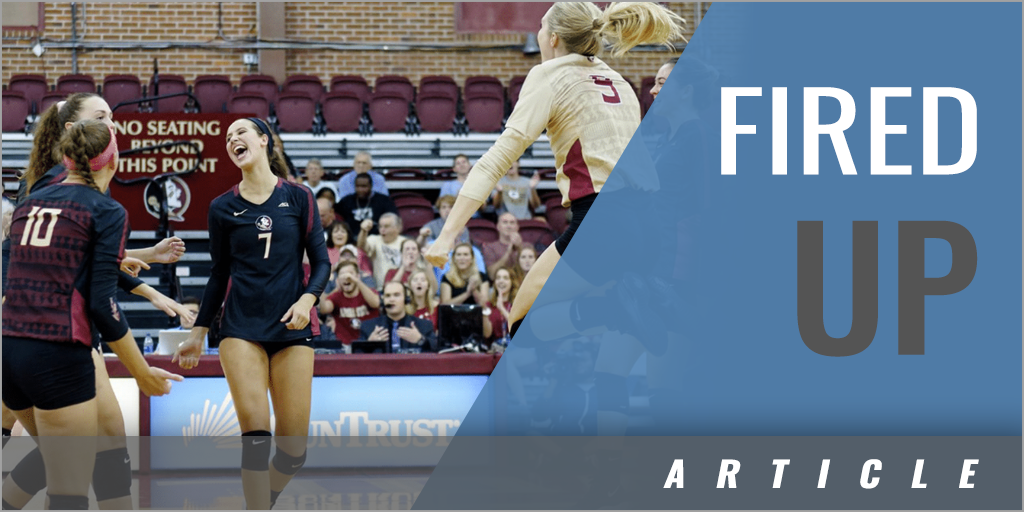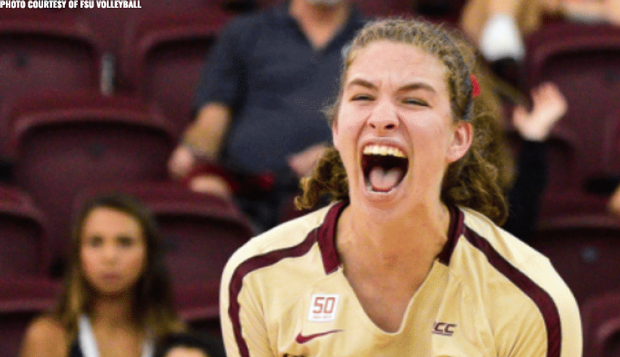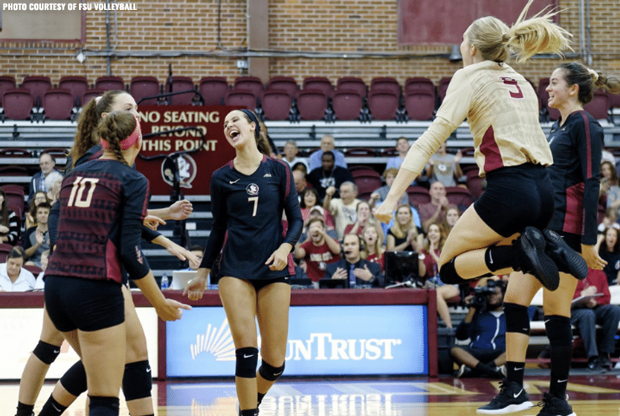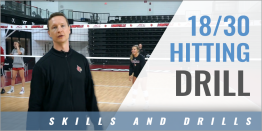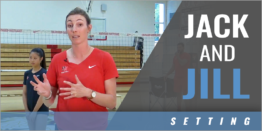|
By: Jim Miret, Front Range Volleyball Originally Published in: Coaching Volleyball Copyright and Provided by: AVCA I hope as you read this article you and your loved ones are healthy and safe. Without a doubt, we are all missing our sport and our volleyball communities and connections. Hopefully we are all back in the gyms training and getting ready for our next club competition sometime in late May or June.
To be sure, none of us have ever experienced such a long break in the middle of our competition season. This poses quite the challenge for all coaches - how can we best prepare our teams for competition after such a lengthy pause in training? And with tournament preparation, how can we prevent injuries in our athletes who will not be used to high-volume training and therefore more vulnerable to injury? There have been a few studies on injury rates in volleyball (both articles are linked below), conducted among college volleyball players. These articles examine volleyball injuries of all types, and both pay particular attention to which parts of the season the injuries occur in. https://www.ncaa.org/sites/default/files/NCAA_W_Volleyball_Injuries_WEB.pdf https://www.ncbi.nlm.nih.gov/pmc/articles/PMC5968995/ It's appropriate to relate the college volleyball season to our current situation because their players report for training in August after an extended break, and they begin competing near the end of August. In this scenario players have been training in the off-season on their own, but very intense individual and team training starts when players report to school in August. When players report most programs will conduct 2-3 practice sessions per day for 2-3 hours per session in the month of August until school begins. In both studies the times volleyball players are at the highest risk of getting injured most often occur at the beginning of the season in August, and the beginning of offseason training in January. It is important to note that this is when these players are coming off of extended breaks, even though they are "conditioning" during their off time.
I take this information as an important warning. Coaches must be wary and extremely intentional in the way that we train our teams following a lengthy break, as improper training can be detrimental to the overall health and wellness of our players. Many injuries are not like the weather - they do not just happen. Often times the numbers of injuries can be decreased, and as coaches we must use the information we have and make deliberate and well-thought-out practice plans. Based on the data above I now inject my belief; that many of these collegiate volleyball injuries are due to a training approach that has an intensity level that is too high and durations that are too long, before the players' bodies have adequate time to adapt to their new training conditions. The human body is an unbelievable mechanism and has the ability to tolerate unhealthy intensities and loads. Remember that all of our players are coming back from an extended break, and injuries that were previously plaguing them will likely feel much better. Players and coaches will both come back full of great energy and excitement. People will have been in their homes for an extended period of time and unable to do much. It is great that people will be so enthusiastic and feeling ready to go, but in most instances, their bodies will need 4 to 8 weeks of specific preparation as they get ready to go into a multi-day competition. With that in mind, my advice is to come back and ease into activity with your players and teams. Look at volleyball this way: there are a series of moderate exertion moves So, what should be our goals as we return to play? I believe the primary goal should revolve around reintroducing our players and teams to a level of work or training that allows them to adapt to the load of playing volleyball without experiencing an injury. Here are some practical steps on how to successfully and safely return to training and re-build the endurance levels of your teams: 1) When we come back into the gym after an extended break one strategy would be to use moderate exertion moves (passing, defense, serving) as recovery time for our players after bouts of high exertion moves (attacking, blocking or fast-paced scrimmage play). So, if I am running an attacking or blocking drill, follow it up with an easier passing or defensive drill and flip these types of drills throughout your practice. This allows athletes time to recover while at the same time continue to refresh their skills. 2) Think about how you will cycle players in and out of drills so that they are receiving an adequate amount of rest following fast-paced training. Decrease the amount of time you spend skill training moderate exertion moves like passing, serving and defense, and allow for more breaks after bouts of activity. Here are a few examples: a. Within a typical practice we like to have a group of 3 passers, 1 passer in the drill receiving 3 balls and then the next passers cycles through. We typically do 5-6 cycles of this and then the next group waves in. b. If you run drills where attackers hit 5-10 balls without a break, consider cutting that volume in half before they cycle out. c. With any 2 on 2, 3 on 3, 4 on 4, 5 on 5, or 6 on 6 drills consider timing each round of play. Every 60 seconds cycle a new group onto the court. Keeping your players in activities of higher duration longer than the above-mentioned durations will not only fight against the training you are trying to achieve, but in my opinion, can also increase the likelihood of an injury on your team because of the fatigue it will create. 3) Adjust the length of your practice times, especially in the first few practices. Critically consider the endurance level of your athletes, and understand that your athletes will not be able to function at the same level they were performing at previously, or for the same durations. They will need time to return to that same level. What does this look like? Put simply, whatever level you were practicing at before the break you should cut that by about 40% as you return. If you were practicing for 120 minutes per practice, consider cutting that to about 70 minutes for the first week. If you were practicing for 180 minutes think about cutting the sessions to about 110 minutes for the first week back, and adding back 10-20% each week of practice. "Based on the data above I now inject my belief; that 4) Manage the amount of points your team plays per practice session in scrimmage play to build up their point endurance. Point endurance is the volume of points that your players or team can tolerate in a row. A typical point in a high-level 18 Open match lasts between 5-7 seconds. Then there is a break of between 10-15 seconds before 5) We can play somewhere between 90 - 120 points in an hour. In a 2-hour practice that is 180 - 240 points. In a 3-hour practice session we can play between 270 - 360 The next challenge coaches will face upon return to practice is how to manage their teams through a multi-day event. We'll touch on that next time. |
